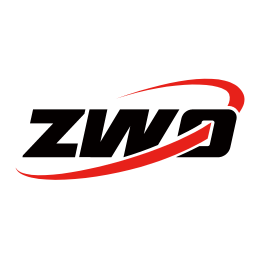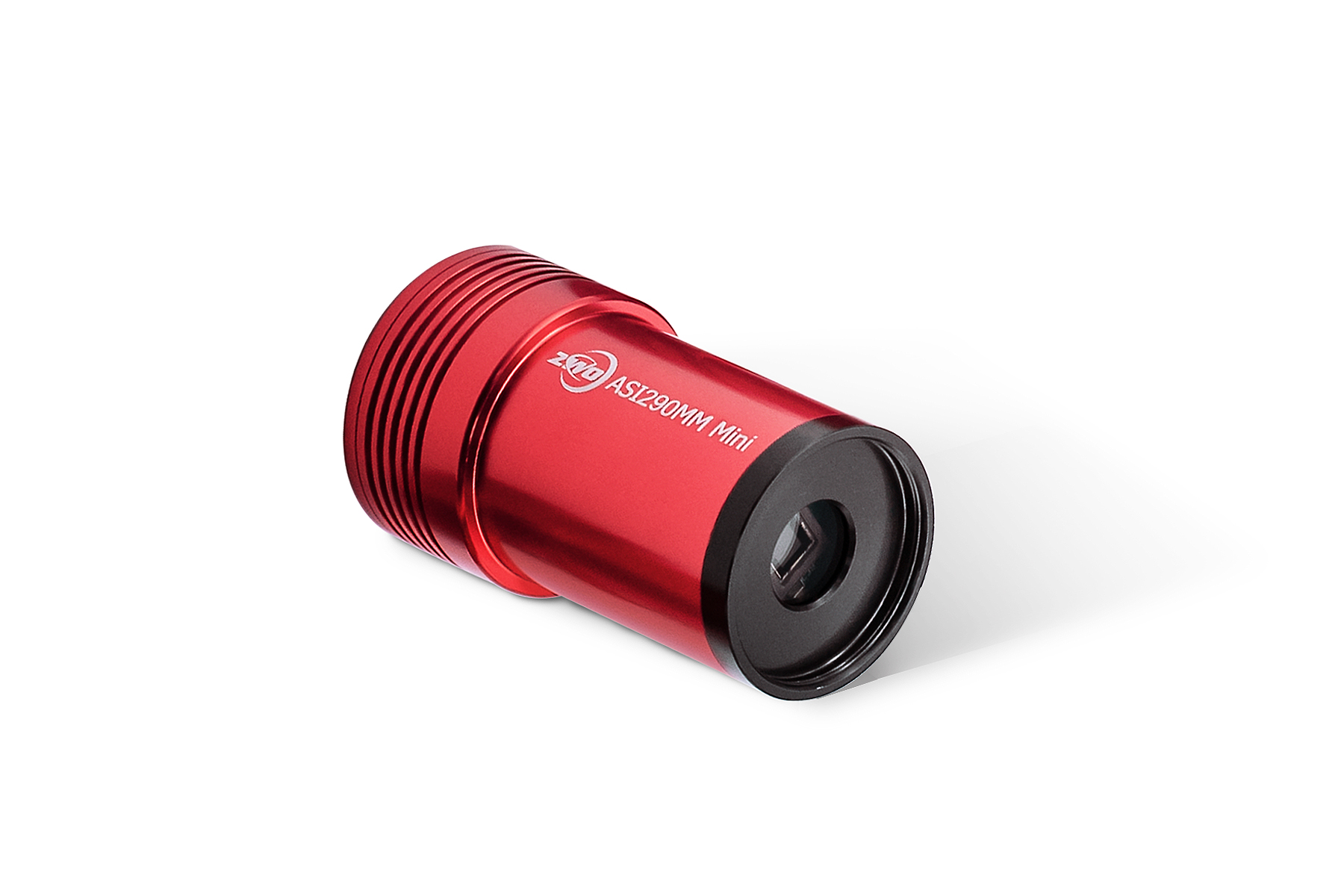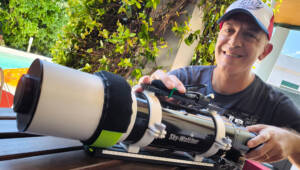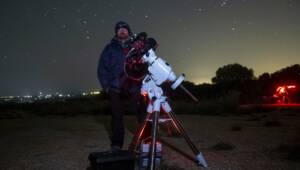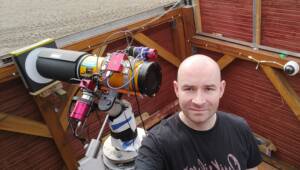Why Do I Need to Guide?
It is near impossible to do deep space photography without doing long exposures. To do long exposures and not get star trails, you will need to guide. So, what do you need to start doing deep sky photography? Let’s look.
Guiding
The gear you need specifically to start guiding is,
· An ASI Guide Camera
· A Guide scope or OAG
· An equatorial mount capable of guiding
· The correct software and hardware to control the guiding. i.e. the ASIAIR
Selecting Your Guide Camera
The ASI Mini series includes three cameras each with different specifications to choose from. What they all have in common is that they are monochrome/black and white and are very sensitive.

Retail Price – 149 USD
Sensor – 1/3” CMOS AR0130CS
Resolution – 1280×960
Pixel Size – 3.75μm
The ASI120 Mini is an entry-level guide camera that is more affordable than the two other options. The 3.75μm pixel size provides a good level of sampling accuracy. If you have no special requirements in your guide camera then the ASI120 Mini is for you.
Retail Price – 299 USD
Sensor – 1/2.8” CMOS IMX290
Resolution – 1936×1096
Pixel Size – 2.9μm
The ASI290 Mini is positioned as a more precise guide camera as it’s smaller pixel size of 2.9μm provides a higher sampling accuracy than the ASI120. This means that the ASI290 can detect smaller movements in a star to keep your guiding smoother and more accurate.
Retail Price – 499 USD
Sensor – 1/1.2” CMOS IMX174LLI
Resolution – 1936×1216
Pixel Size – 5.86μm
The ASI174 Mini is a large-view guide camera. The 1/1.2” sensor is four times the size of the 120 and 290’ sensors. This extra field of view makes it easier to find stars, this comes in especially helpful when using an OAG.
ASI Mini Accessories
The Mini cameras all have the same threading to attach accessories. They can be fitted with a C-mount lens and a CS-port lens as well as a 1.25” filter.
1. M28.5-CS adapter ring 2. CS-C adapter ring
2. 1.25′′ extension tube
Guide Scopes
As the perfect partner to the ASI Mini series we designed and developed the ZWO 120F4 Mini Guide Scope.
The ZWO Mini Guide Scope was designed to accompany smaller telescopes. This guide scope has an aperture of 30mm and a focal length of 120mm. Weighing in at just 250g this is a perfect light weight and stable guide scope.
This classic style guide scope has a 60mm aperture and a 280mm focal length. The ZWO 60280 Guide Scope has a lockable helical focuser to easily achieve and maintain perfect focus. Being a larger guide scope, this is designed towards larger telescopes, with an aperture of 8-10 inches.
An off-axis-guider (OAG) is a completely different way of guiding. Instead of having a separate guide scope, the OAG fits between your primary imaging camera and the telescope. Your ASI Mini guide camera sits at the top of the OAG and a small prism will redirect some of the light from your telescope up to the guide camera. However, the prism only redirects a small portion of your field of view, meaning it can be hard to find a star to guide from.
While more difficult to set up due to the guide camera and main having to be parfocal, many people consider OAG’s to yield better results over guide scopes. These results are typically only observable in longer focal length telescopes 1,500mm or more. This is because longer focal length guide scopes are needed to have more accurate guiding with long focal length primary telescopes, so using your main imaging scope as the guide scope as well can give amazing results. Having an OAG also minimises any flexure from the guide scope.
